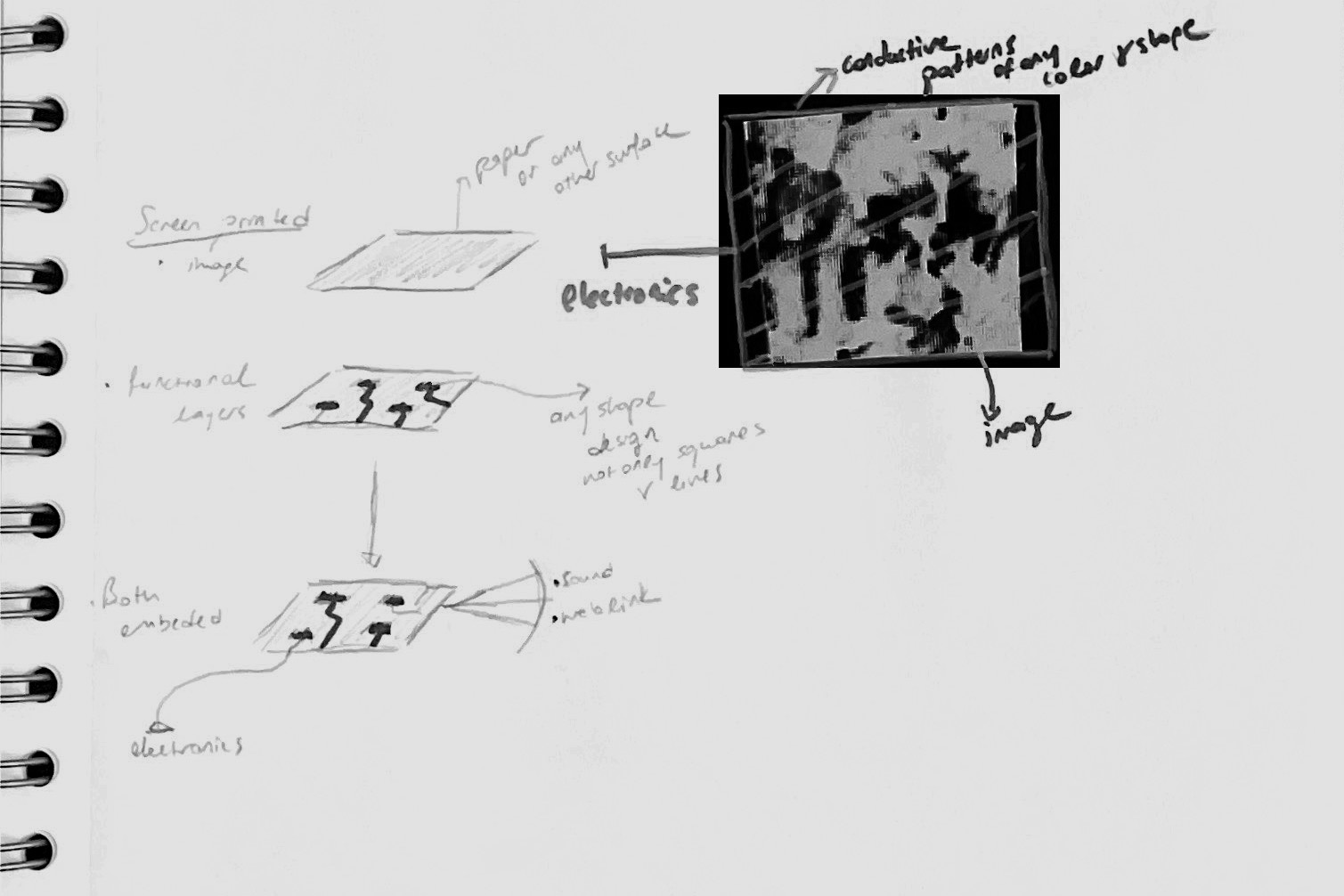Images of Function
-ongoing
![]()
Surfaces are embedded with functionalities creating interfaces for our senses changing how we comprehend and value our surroundings and directly shaping our everyday lives and decision-making.
The common objects of the previous decades are being transformed into their smart versions with techno-scientific approaches enabling the invisible structures in these objects. These invisible structures are the electronic parts requiring and encouraging new production methods and the use of more metals and solvents to create a functional surface rather than a non-functional one. The non-functional is defined as the state where there is no function and survives in this case as the opposite of a functional. We might think that as we became very dependent on our phones and computers, the change has already been embraced. However, I believe it goes further and reshapes the intricate interplay between artistic and scientific knowledge, influencing both individuals and society as a whole.
In the last decades, scientific research and industrial development has been enormously grown around printed electronics. It is a known thing that printing is also an industrial method that has been used for the production of electronic parts. It became however a more in-focus as printing can allow flexible and transparent tiny structures and surfaces while printing metals and semiconductors. The printed electronics aim to be seamlessly woven into our everyday lives, serving as tools for continuous health monitoring and creating smart surfaces capable of sensory, interactive, and measurement-based functions, allowing flexible electronic surfaces that can be integrated into basically anything. As it sounds already creates an assortment of, let's say, useful to unnecessary, perilous, and playful objects and conditions. Therefore, as many technologies create such contradictions, the immediate critique, I believe, should be the initial reaction. So, what happens eventually to our understanding of functional and non-functional? How do the products and their outcomes affect us?
I would like to think about these questions while using printing as a political, humorous, and powerful tool. Therefore, while dealing with these and many other questions that will come eventually, I would like to create a play on printing for both types of materials - color and conductive paints, which can be self-made or existing inks- to experiment with the creation of collages that interweave functional and non-functional patterns. The result, in my opinion, doesn’t need to be functional eventually, however it can be. This is to reclaim our capabilities, methods, and surfaces.
Here, on the left, is the drawing of the printing approach. When we look at the websites of the companies, we generally see a layer-by-layer visualization of electrical and printed parts. Aiming to fascinate us with the method and create the illusion of explanation, while it is only an illustrated simplification. We generally do not know or do not understand what is inside. Therefore I loosely adapted it.
